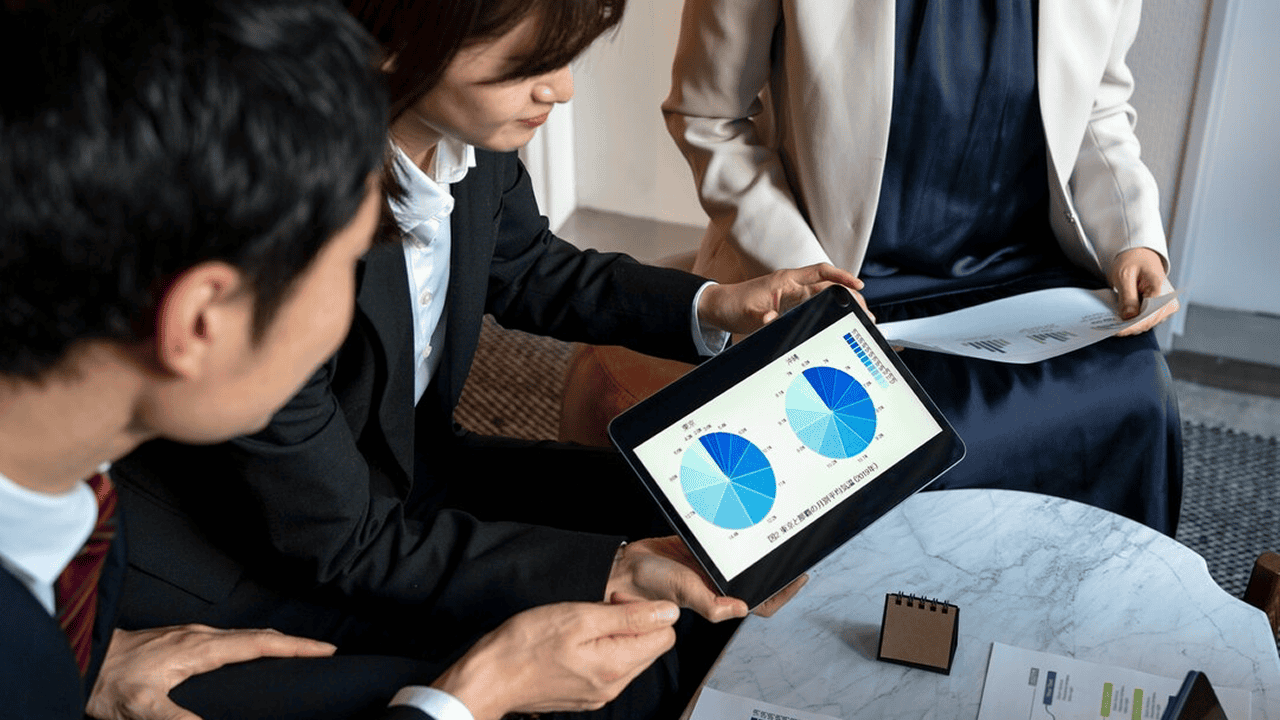
Future-Proofing B2B Sales: How to Drive Growth in a Digital-First Economy
The world of B2B commerce is undergoing a profound transformation. Driven by digital acceleration, empowered buyers, and AI-powered tools, modern B2B sales strategies must evolve or risk falling behind. In 2025 and beyond, the winners in B2B will be those who invest in future-proofing — integrating technology, agility, and personalization into every customer interaction.
In this comprehensive guide, we break down how B2B companies can thrive in a digital-first economy by reinventing their sales operations, improving engagement, and creating scalable revenue streams.
Section 1: The Shift in B2B Sales Dynamics
1.1 The Rise of the Digital Buyer
Today’s B2B buyer is digitally savvy, mobile-first, and expects instant access to information. Research from Gartner shows that 80% of B2B decision-makers now prefer remote and self-service channels. Sales reps are no longer gatekeepers — they’re value enablers.
1.2 Longer, More Complex Sales Cycles
Modern B2B sales cycles often involve multiple stakeholders, approval layers, and complex needs. Success requires strong alignment between marketing, sales, and customer service teams — with digital tools enabling smooth handoffs and proactive communication.
Section 2: Core Principles of Future-Proof B2B Sales
2.1 Data-Centric Selling
Smart B2B sellers use first-party and behavioral data to guide decision-making. This includes CRM activity, purchase intent signals, and interaction data across touchpoints. Data-driven insights help tailor pitches, personalize outreach, and forecast more accurately.
2.2 Hybrid Sales Models
Field reps and digital channels now work in tandem. Hybrid selling — combining in-person, virtual, and self-service experiences — is becoming the standard. Tools like video conferencing, CRM-integrated calendars, and customer portals bridge the gap.
2.3 Enablement Over Pitching
Rather than hard selling, top-performing B2B sales teams act as consultants. They educate clients, guide them through challenges, and provide long-term solutions that align with customer goals.
Section 3: Top Trends Shaping B2B Sales in 2025
3.1 AI and Predictive Analytics
AI tools now power lead scoring, customer segmentation, sales forecasting, and chatbot support. Predictive analytics uncovers patterns in buyer behavior and identifies upselling and cross-selling opportunities in real time.
3.2 Account-Based Selling (ABS)
ABS focuses sales and marketing efforts on high-value target accounts. Instead of chasing volume, teams customize campaigns for specific companies, increasing win rates and deal size.
3.3 Revenue Intelligence Platforms
Platforms like Gong, Clari, and Outreach analyze calls, emails, and CRM data to provide deep visibility into pipeline health, rep performance, and deal risks.
3.4 Self-Service Ordering for B2B
Enterprise buyers now expect to place orders, access quotes, and manage inventory online — just like consumers. Enabling 24/7 digital self-service shortens sales cycles and boosts satisfaction.
Section 4: How to Restructure Your B2B Sales Team
4.1 Align Around the Customer Lifecycle
Reorganize your sales team by customer journey stages — e.g., inbound SDRs, AE closers, onboarding specialists, and account managers. Each team focuses on a stage, ensuring consistency and expertise.
4.2 Specialize by Industry or Vertical
Rather than assigning reps by geography, assign them based on sectors like healthcare, manufacturing, or fintech. This allows deeper domain expertise and better conversations with prospects.
4.3 Equip with Sales Enablement Tools
Top tools include:
- CRM (Salesforce, HubSpot, Zoho)
- Sales engagement (Outreach, Apollo)
- Proposal software (PandaDoc, Proposify)
- Revenue intelligence (Gong, Chorus)
These tools save time, improve win rates, and give managers real-time visibility into rep activity.
Section 5: Building a Sales Tech Stack for the Future
5.1 Integrated CRM System
Your CRM is the backbone of modern sales. Choose a flexible, API-friendly platform that integrates with your marketing tools, ERP, email, and support systems.
5.2 AI-Powered Outreach
Use AI tools to suggest next steps, optimize subject lines, and send follow-ups at the perfect time. These enhancements increase engagement and reduce manual work.
5.3 Digital Contract Management
eSignatures, quote generators, and contract automation allow for faster approvals, fewer errors, and better compliance. Platforms like DocuSign, HelloSign, and Conga are now essentials.
Section 6: Customer Experience as a Sales Strategy
6.1 Make Your CX a Competitive Advantage
Sales success is no longer about pushing a product — it’s about delivering exceptional experiences. CX drives trust, loyalty, and long-term revenue. Monitor NPS, CSAT, and post-sale feedback to constantly improve.
6.2 Sales and Support Alignment
Ensure your sales reps hand off clients smoothly to support teams with detailed notes, shared systems, and customer history. Poor onboarding kills momentum and customer confidence.
6.3 Upsell Through Success Management
Your account managers should act as success consultants — monitoring outcomes, spotting new needs, and recommending expansions. This turns sales into a recurring engine.
Section 7: Personalization and Human Touch
7.1 Personalized Email Outreach
Use segmentation to tailor messaging by role, industry, or previous behavior. Personalization boosts reply rates and positions your brand as relevant and thoughtful.
7.2 Video Messages and Demos
Tools like Loom or Vidyard let reps send personalized videos instead of plain emails. These stand out in crowded inboxes and establish human connection early.
7.3 Custom Portals for Enterprise Clients
For VIP accounts, create personalized digital portals showing invoices, usage stats, product updates, and support tickets — a white-glove experience that strengthens loyalty.
Section 8: Sales KPIs That Matter in 2025
Key performance indicators for modern B2B sales include:
- Sales cycle length
- Pipeline velocity
- Win rate by lead source
- Customer acquisition cost (CAC)
- Customer lifetime value (CLV)
- Expansion revenue
Using these metrics helps leadership make smarter hiring, training, and go-to-market decisions.
Section 9: Real-World Case Study
Company: VoltEdge Industrial Solutions
Industry: B2B electrical supply
Challenge: Sales relied on outbound phone calls and PDF catalogs, leading to slow growth.
Solution:
- Adopted CRM + sales engagement platform
- Trained reps on consultative selling
- Added a customer portal with pricing and reordering
- Launched personalized ABM campaigns
Results:
- 31% increase in close rate
- 22% reduction in sales cycle
- 3x ROI on ABM campaigns
Section 10: Common Pitfalls in B2B Sales Today
10.1 Relying on Gut Over Data
Decisions based on instinct lead to wasted resources. Use data to inform targeting, budget allocation, and sales rep coaching.
10.2 One-Size-Fits-All Pitches
Generic presentations and mass outreach fail to connect. Personalization is non-negotiable in 2025.
10.3 Siloed Sales and Marketing Teams
Without shared goals and systems, leads fall through the cracks. Regular alignment meetings, shared dashboards, and feedback loops are critical.
Conclusion: Sell Smarter, Not Harder
The digital-first B2B economy is here to stay. Sales teams that evolve with the times — embracing tech, personalization, and agility — will outperform competitors and build future-proof revenue engines.
Modern B2B sales is less about pushing and more about partnering. It’s about equipping your team with the right tools, insights, and culture to win high-value accounts in a complex landscape.
